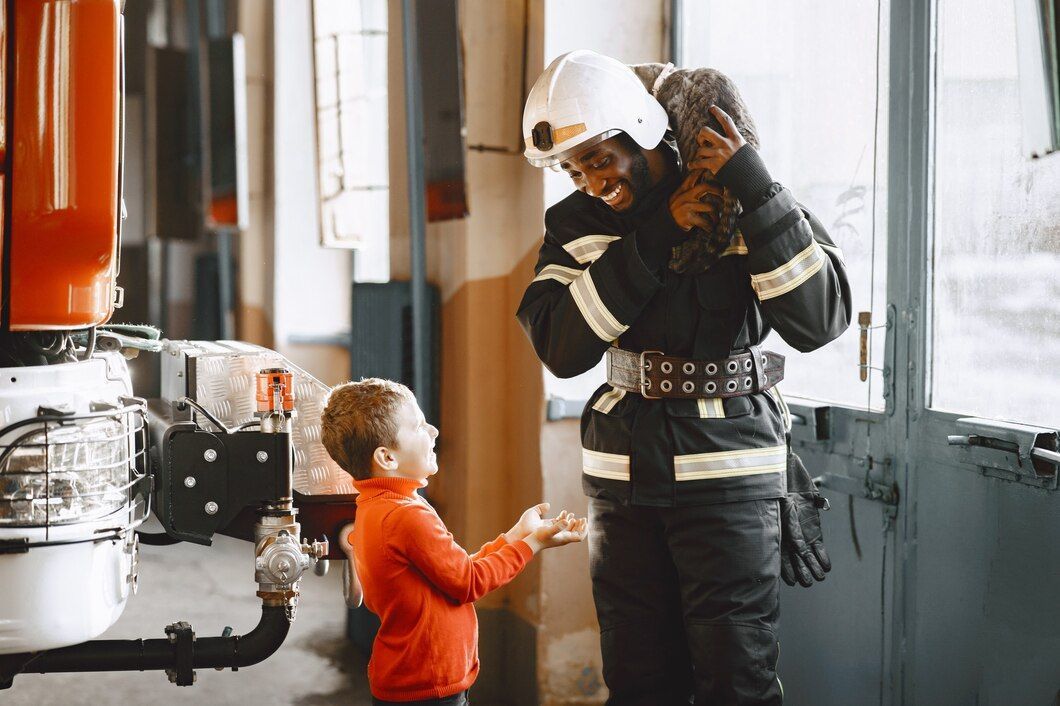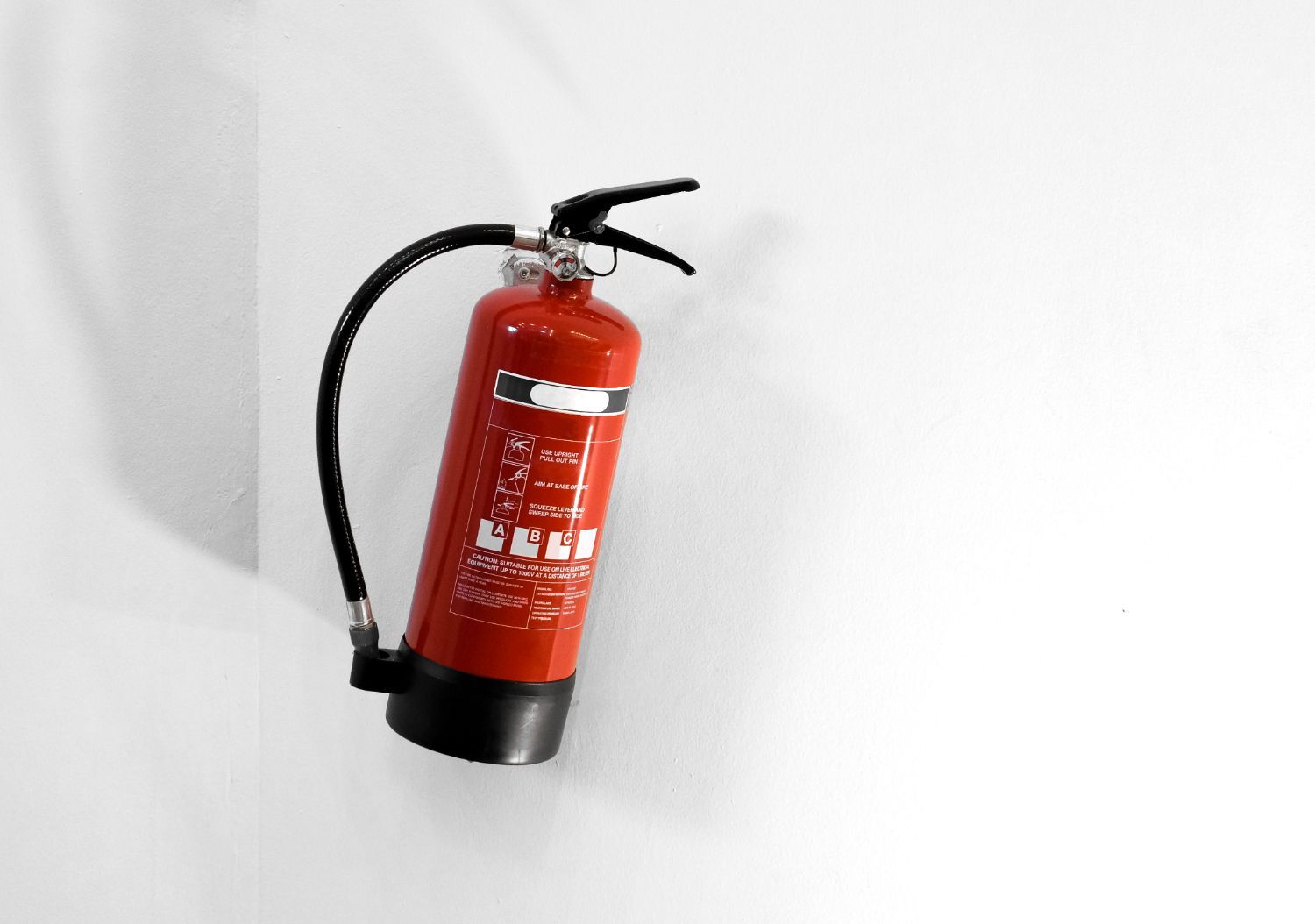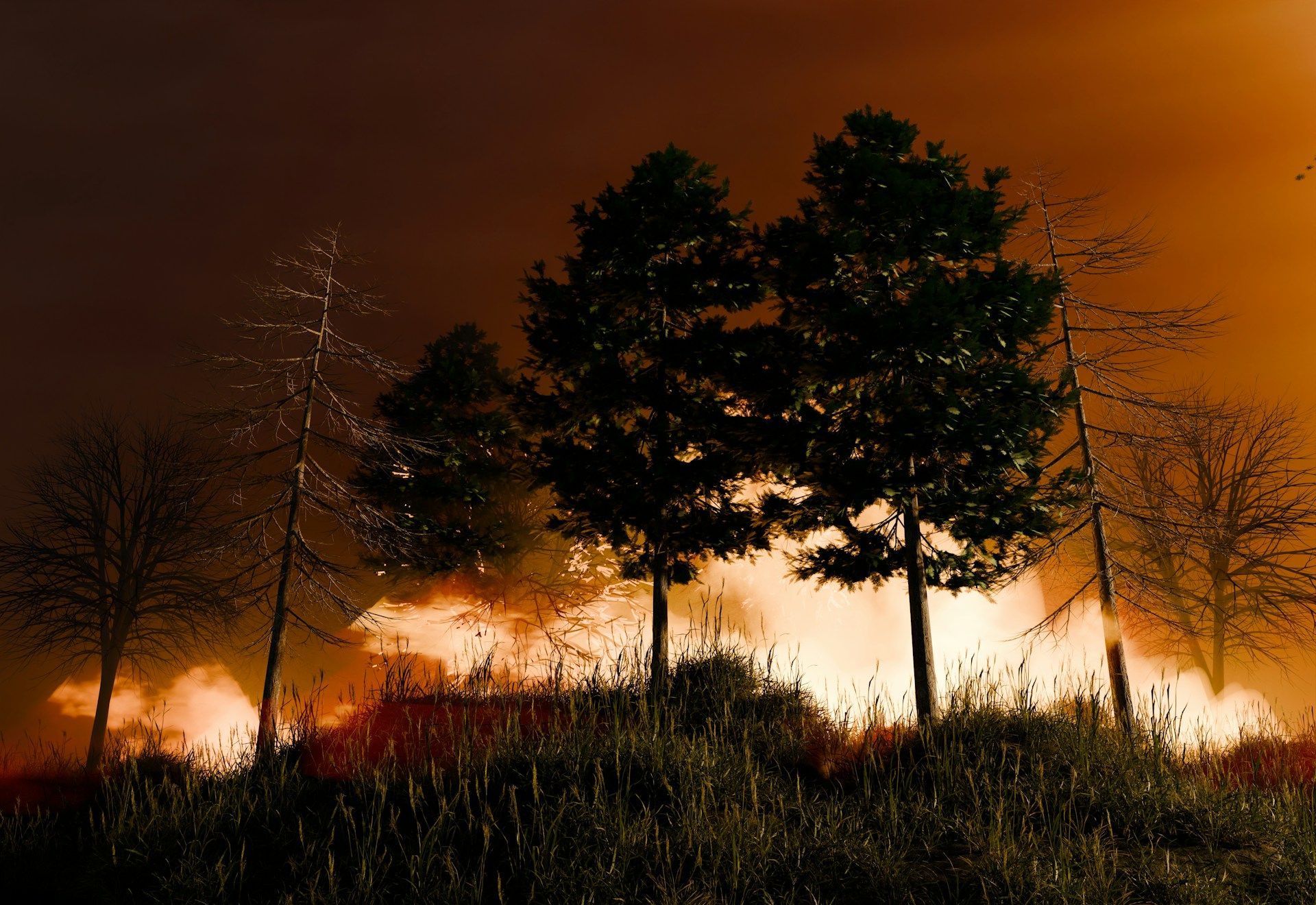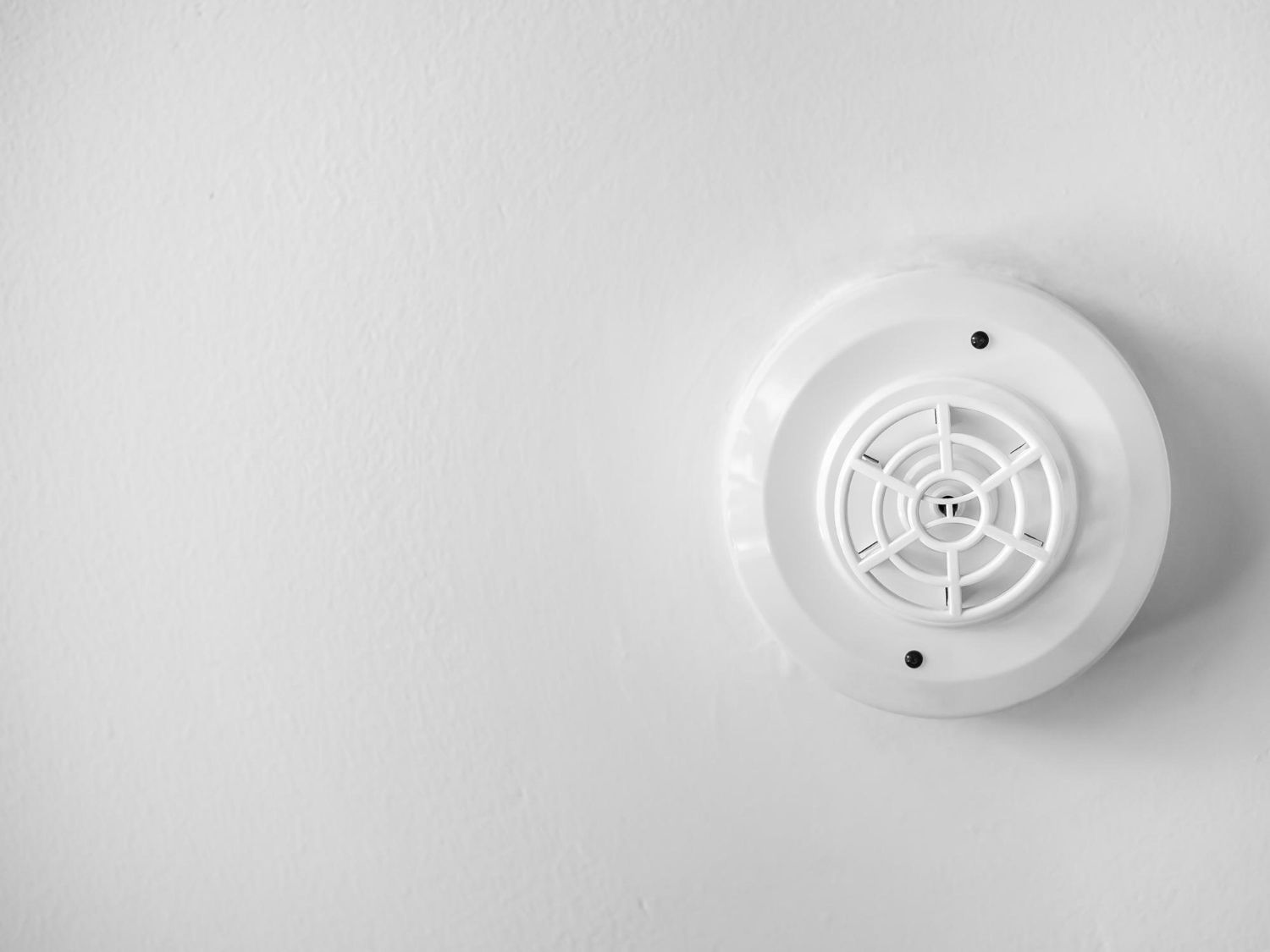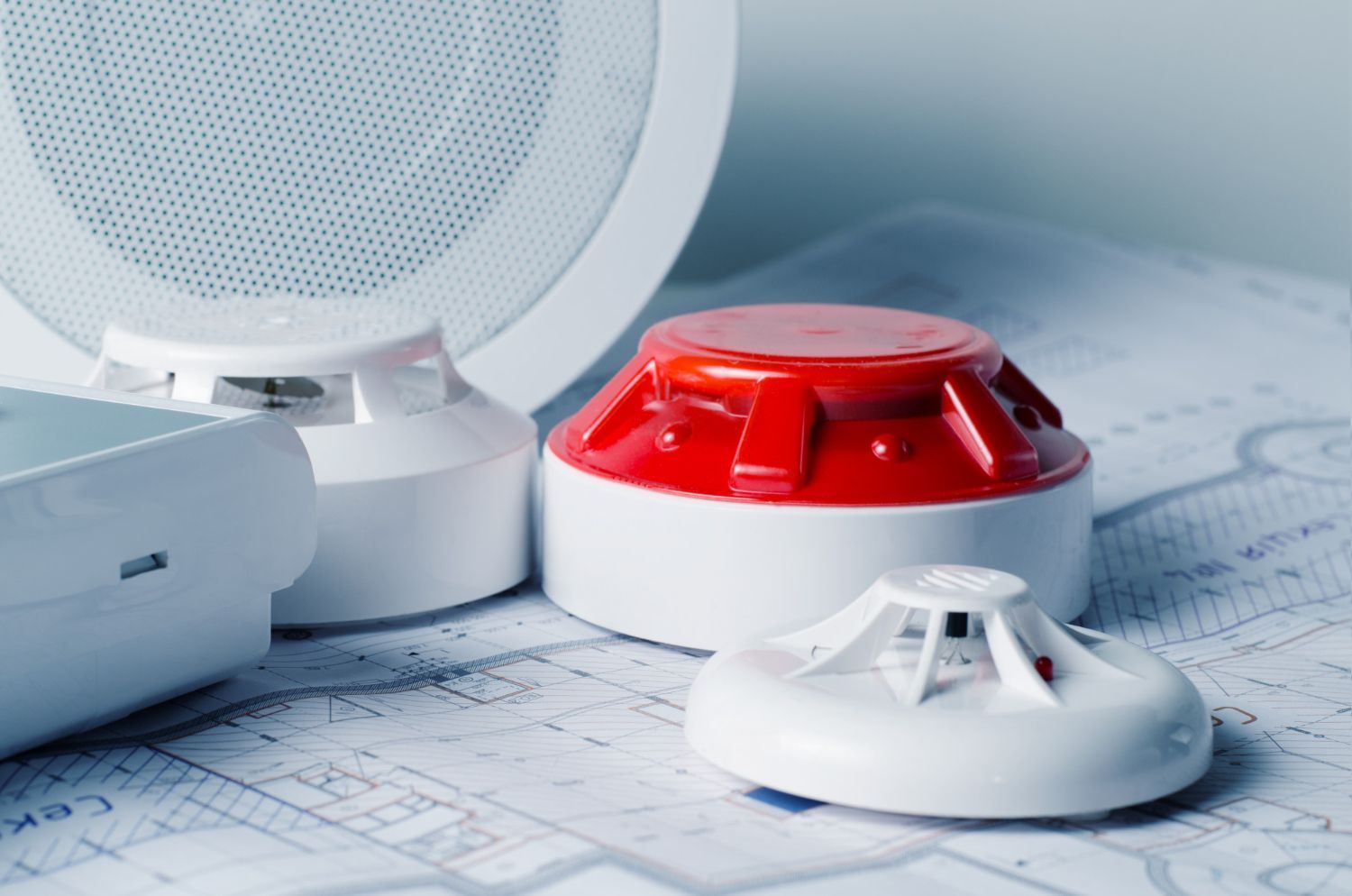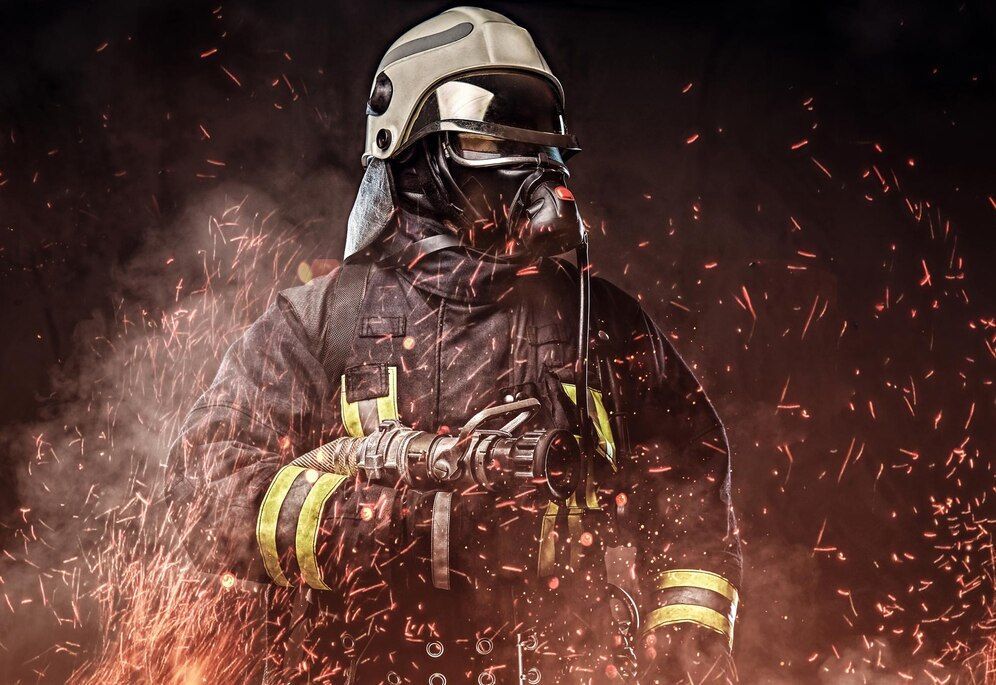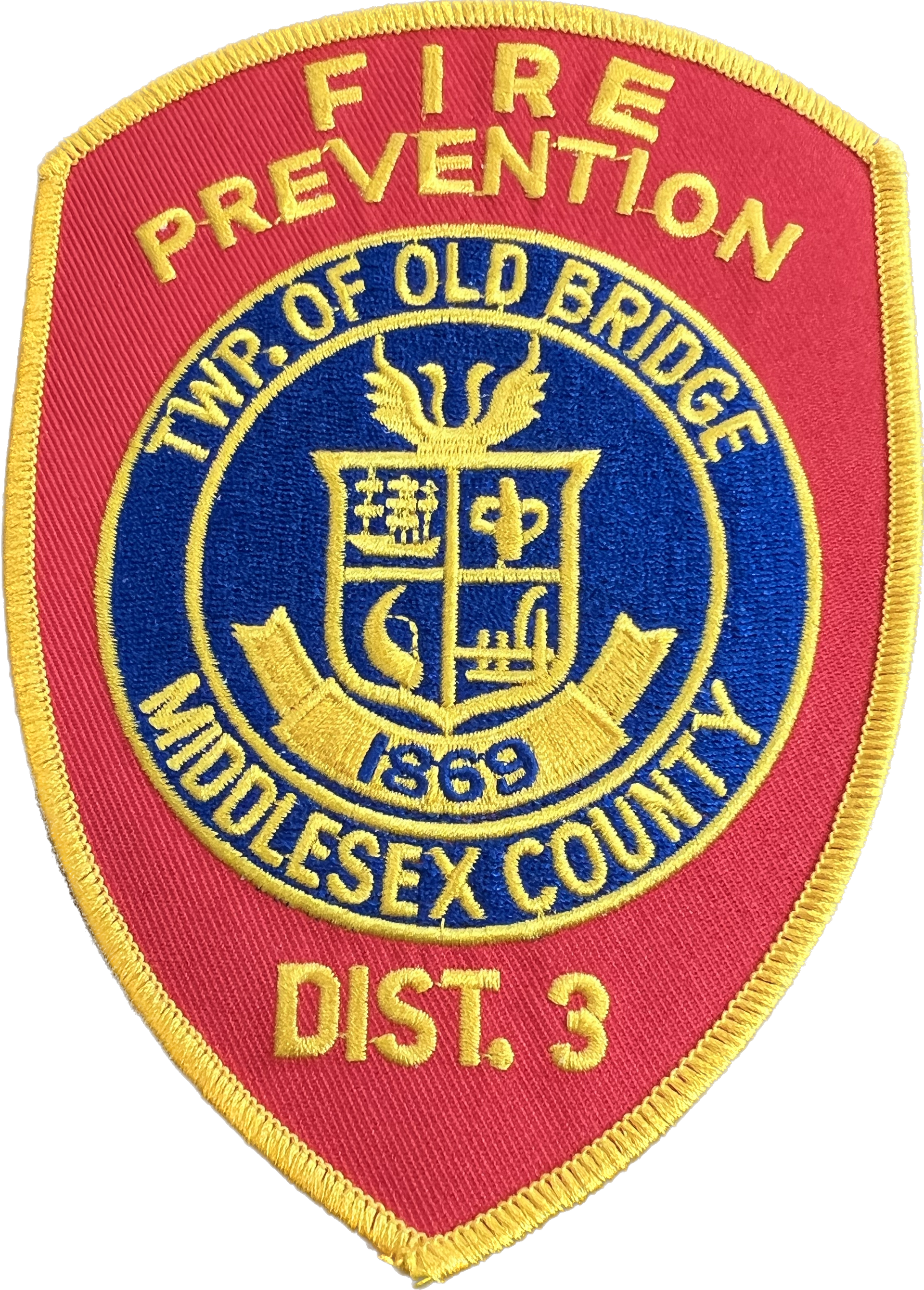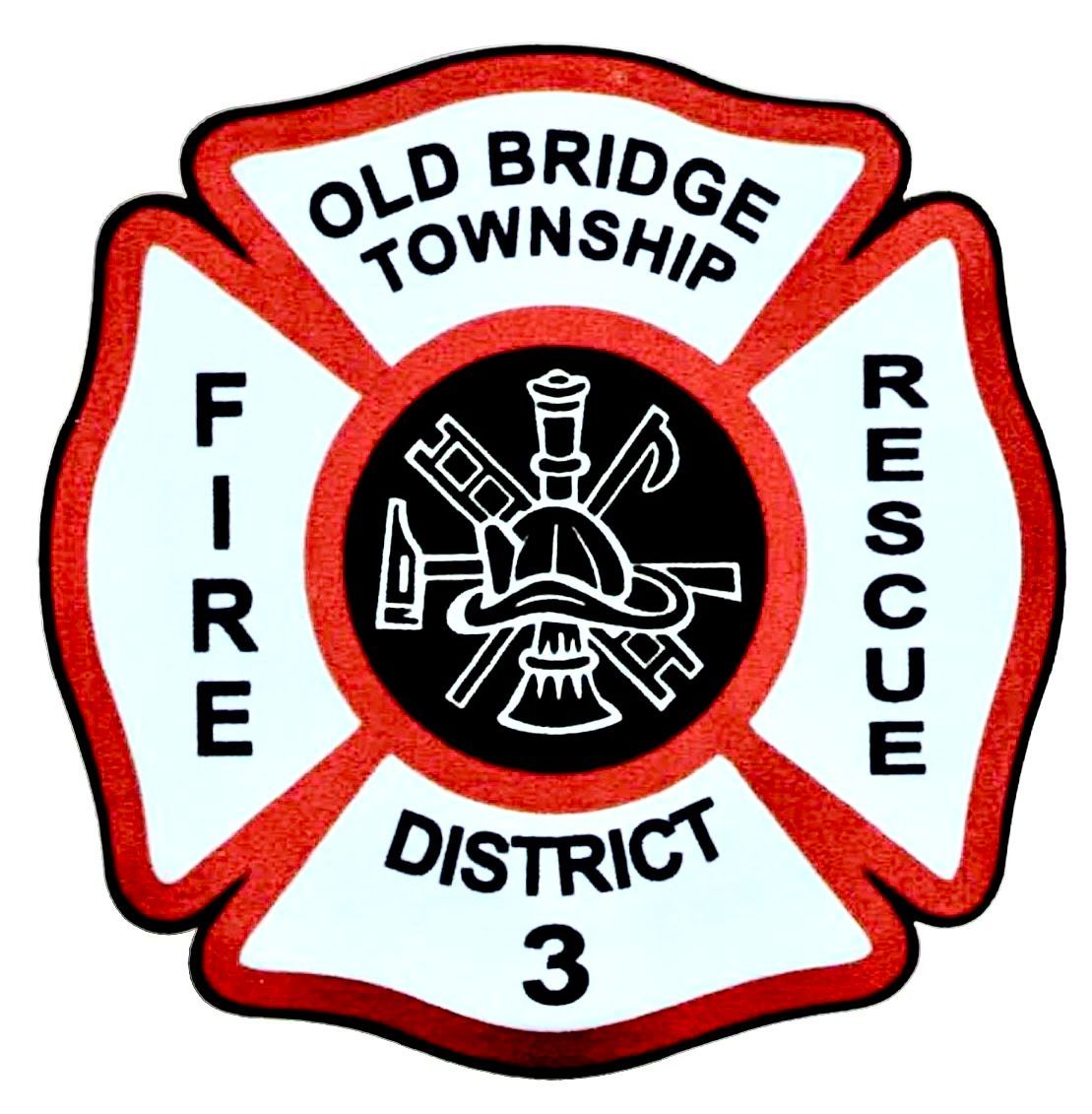Fire District 3's Guide to Wildfire Preparedness: Protecting Your Home and Our Community
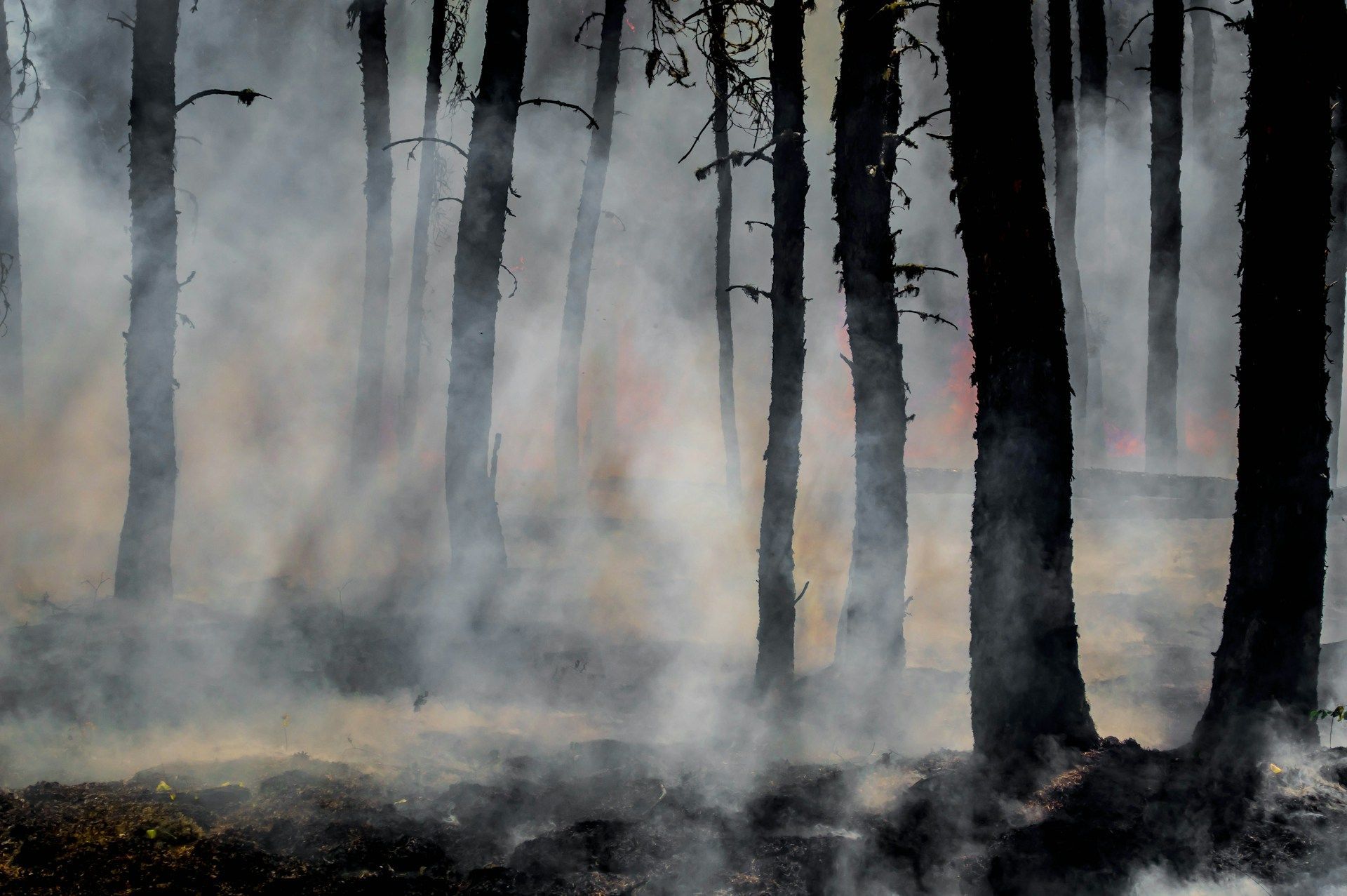
Fire District 3 is committed to providing exceptional fire protection services for citizens and property within the district. Our dedication to respect, integrity, leadership, and accountability drives our ongoing efforts to safeguard the community through incident response, public education, and fire code enforcement. In the face of increasingly frequent and severe wildfires, it's critical for residents to understand how to protect their homes and contribute to the greater wildfire preparedness of our community.
In this blog post, we will delve into the essential steps Fire District 3 residents can take to prepare their properties and families for wildfires. From creating defensible space around your home to hardening your property against fire damage and assembling a comprehensive emergency plan, these measures can significantly reduce the risk of destructive wildfires and contribute to a more fire-resilient community.
Join us as we explore the best practices and strategies aimed at protecting not only your home but also our entire Fire District 3 community from the devastating effects of wildfires. By working together and sharing our knowledge, we can create a safer, more secure environment for generations to come, ensuring that our Per Diem and volunteer firefighters can continue to effectively serve and protect everyone who calls Fire District 3 home.
Creating Defensible Space: Your First Line of Defense
A critical aspect of wildfire preparedness is creating and maintaining a well-defined defensible space around your home. This area serves as a buffer zone between your property and the surrounding vegetation, minimizing the potential spread of fire. Follow these steps to establish effective defensible space:
1. Zone 1 (0-30 feet from the home): Remove all dead plants, leaves, and branches from the immediate area around your property. Trim back tree branches that overhang the roof, and ensure a minimum of 10 feet of space between trees.
2. Zone 2 (30-100 feet from the home): In this area, reduce vegetation density and create separation between trees and shrubs. Keep grass mowed to a maximum height of 4 inches, and regularly remove fallen leaves and plant debris.
3. Ongoing maintenance: Periodically assess your defensible space and make any necessary adjustments to maintain its effectiveness. This includes trimming or removing overgrown vegetation and keeping your property free of debris.
Home Hardening: Fortifying Your Home against Wildfires
Home hardening involves taking proactive measures to strengthen your property against potential wildfires. By addressing vulnerabilities and incorporating fire-resistant building materials, you can significantly reduce the risk of fire damage to your home. Consider the following home hardening strategies:
1. Roof and vents: Ensure your roof is constructed using fire-resistant materials, such as metal, tile, or asphalt shingles. Install mesh screens on vents to prevent embers from entering your home and igniting fires within.
2. Windows and doors: Upgrade to dual-pane windows with tempered glass, as they are more resistant to heat and breakage. Install weather stripping around doors to prevent embers from sneaking in beneath the door.
3. Siding and decks: Use non-combustible siding materials like stucco, fiber cement, or fire-retardant-treated wood. For decks, consider using fire-resistant decking materials and enclosing the area beneath the deck to prevent fire from spreading underneath your home.
Assembling an Emergency Plan: Prepare, Respond, and Recover
In the event of a wildfire, having a well-thought-out emergency plan is crucial for ensuring the safety of your family and reducing the potential impact on your property. Keep the following guidelines in mind when assembling your emergency plan:
1. Prepare: Create and regularly update an evacuation plan that outlines exit routes from your home and identifies a designated meeting location outside your neighborhood. Maintain a well-stocked emergency kit that includes essential supplies like food, water, medications, important documents, and communication devices.
2. Respond: Monitor local news and emergency alerts for updates on fire activity and evacuation orders. If an evacuation is necessary, follow your pre-established plan, and swiftly gather essential items and family members to evacuate safely.
3. Recover: Have a recovery plan in place that outlines the necessary steps to rebuild and restore your property following a wildfire. This may include contacting your insurance company, documenting damage, and connecting with local resources for recovery assistance.
Collaborating with Fire District 3: A Community-Driven Approach
Wildfire preparedness is a communal effort, and Fire District 3 is committed to supporting and collaborating with the community throughout the process. Here's how we can work together to bolster wildfire preparedness:
1. Participate in local initiatives: Attend Fire District 3 events, workshops, and training sessions to gain valuable knowledge on wildfire preparedness and risk mitigation strategies.
2. Share information: Share information and resources with your neighbors and encourage them to take proactive measures to protect their homes and properties.
3. Stay involved and informed: Stay up to date on Fire District 3's guidance, recommendations, and policies regarding wildfire preparedness and actively participate in community discussions on the subject.
Building a Fire-Resilient Community in Fire District 3
As the threat of wildfires continues to grow, it has never been more crucial for Fire District 3 residents to come together in pursuit of a fire-resilient community. By creating defensible space, hardening your home, assembling a robust emergency plan, and collaborating with Fire District 3, we can collectively reduce the risk of wildfire damage and protect the lives and property of our fellow residents.
Your active engagement in wildfire preparedness plays a vital role in safeguarding our community and ensuring that
Fire District 3 remains a safe, secure, and thriving environment for all who call it home. Together, we can overcome the challenges of wildfires and cultivate a brighter, safer future for generations to come.

